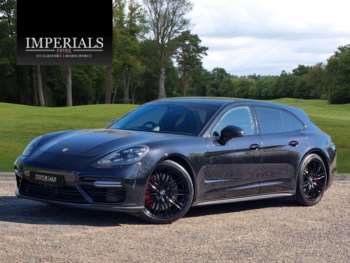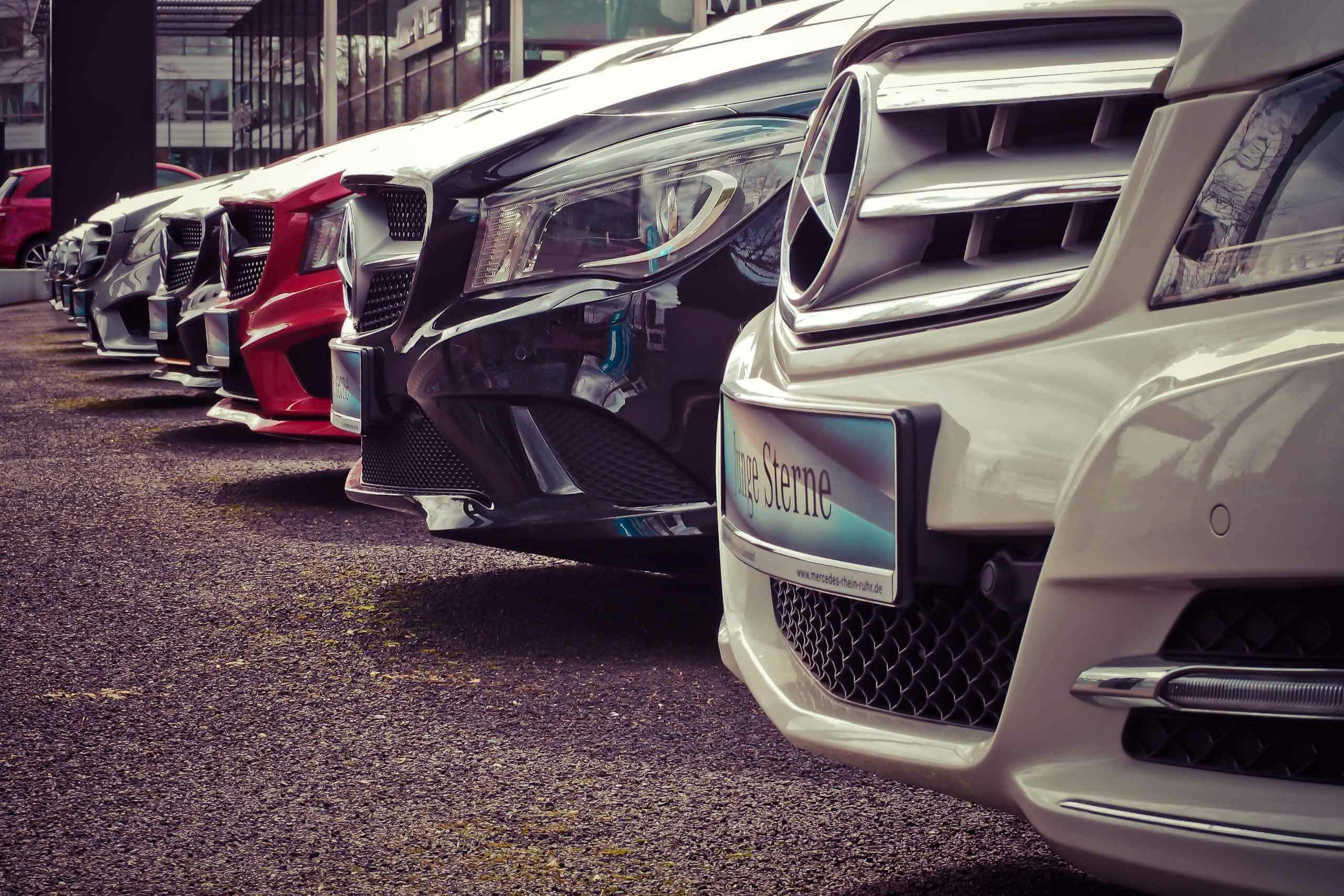Motors.co.uk Limited (FRN 922774) is an Appointed Representative of Consumer Credit Compliance Limited who are authorised and regulated by the Financial Conduct Authority (FRN 631736).
The permissions of Consumer Credit Compliance Limited as a Principal firm allow Motors.co.uk Limited to undertake insurance and credit broking. Motors.co.uk Limited act as a credit broker, not a lender.
For insurance we will refer you to MotorEasy Services Limited (FRN 747890), we will receive a fixed commission per paid out deal, and Moneysupermarket.com Ltd (FRN 419791), we will earn a fixed % of the overall sales commission. For credit we will refer you to Carmoney Limited (FRN 674094), we will receive a fixed commission per paid out deal. You will not pay more as a result of our commission arrangements.
Motors.co.uk Limited, registered in England and Wales with number 05975777, 27 Old Gloucester Street, London, WC1N 3AX, UK
© Copyright 2006-2025 Motors.co.uk Limited. All rights reserved. VAT No. GB 345 7692 64
Contains OS data © Crown copyright and database rights 2025
Contains Royal Mail data © Royal Mail copyright and Database right 2025
Contains National Statistics data © Crown copyright and database right 2025

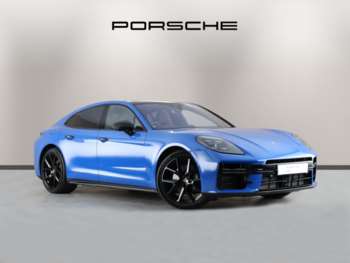


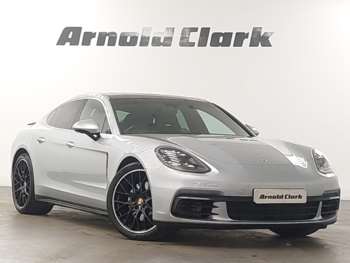
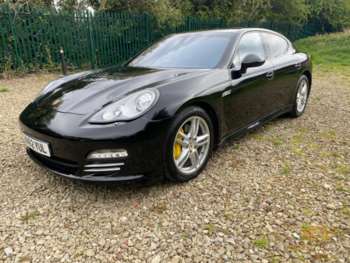



![2014 - 3.0 [300] V6 Diesel 4dr Tiptronic S](https://cdn.images.autoexposure.co.uk/AETA14738/AETV81402684_1e.jpg)








